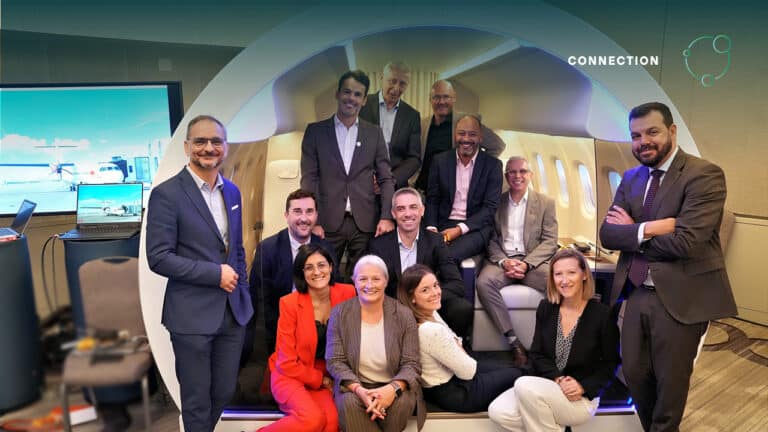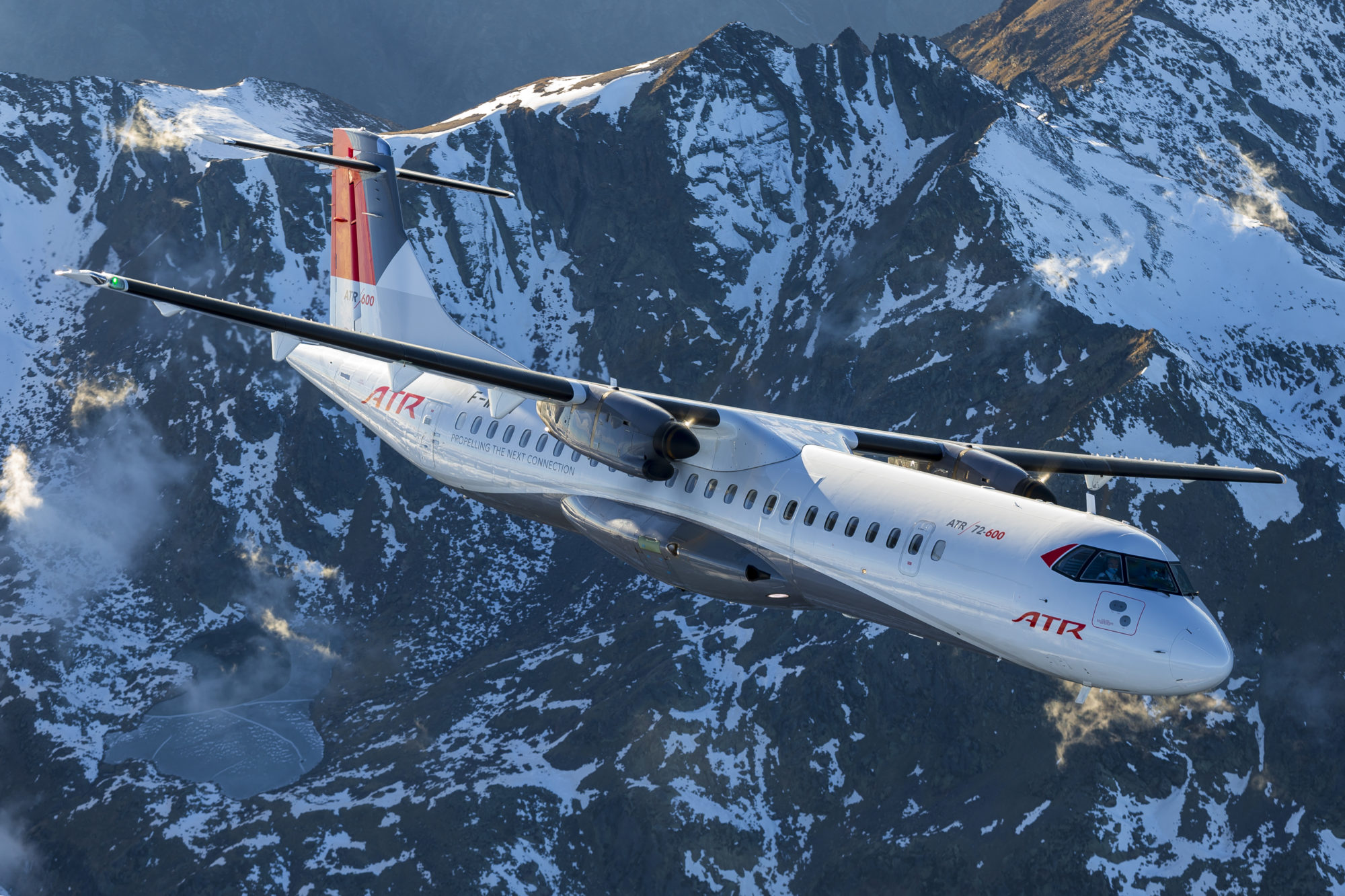ATR outlines plan for recovery in 2021 and beyond
Toulouse, 17 March 2021 – ATR is determined to emerge stronger from the COVID crisis by strengthening its global presence in the next decade and by continuing to offer the most sustainable and modern option for regional air travel.
In 2020, ATR was quick to react to the circumstances by supporting its customers with rapid freight conversion solutions, sanitary tutorials as well as storage and maintenance instructions. Throughout its sites, the company put in place operational and sanitary measures.
Last year, the world’s leading regional aircraft manufacturer delivered 10 aircraft and received six gross orders. Despite the unprecedented market conditions for aircraft manufacturers, 2020 saw nine new operators using ATR aircraft and 84 new routes opened. In addition, ATR operators launched services in three new countries. Last December, the first purpose-built freighter (ATR 72-600F) was delivered to FedEx.
Whilst air travel is still in its early phases of recovery, ATR has a clear and actionable plan to overcome the current challenges by continuing to pioneer sustainable and cutting-edge solutions for regional connectivity.
ATR’s plan for recovery includes:
- The implementation of incremental improvements into the aircraft family, to enhance operational efficiency and reduce maintenance costs through system upgrades and state-of-the-art avionics, maintaining the competitive and environmental advantage we offer to our customers
- Following the delivery of the first new purpose built freighter to FedEx, ATR is well positioned to benefit from the resilience of the cargo market, already at pre-Covid level. Air cargo is expected to double its capacity in the next 20 years, and point to point express deliveries can best be served by our aircraft
- The Short Take Off and Landing variant of the ATR42-600 will open a range of opportunities in airports with airstrips between 800 and 1,000 m
- Around 900 ageing regional turboprop will need to be replaced in the next years, and a more sustainable, cost-efficient and modern aircraft like the ATR can ensure profitability for its operators.
Stefano Bortoli, CEO of ATR, stated: “2020 has been a challenging year for the travel industry, and we will not see an improvement until the end of the current year. However, the vital connectivity that regional air travel has offered throughout the crisis, have made the ATR more attractive for Europe and North America, while turboprops remain the best choice for several underserved regions, where land infrastructure is not a practical choice, in Asia, Latin America and Africa.”
ATR has already flown with a combination of Sustainable Aviation Fuels (SAFs) and is further investigating its possibilities. To fill the gap from today until new disruptive technologies will be made available, ATR will explore new solutions to further reduce the carbon footprint of the aircraft.
The ATR joint venture was born with the mission to deliver a cost-effective, low fuel consumption aircraft that could reach small or remote airports with little infrastructure and short runways, and continue to pioneer cutting-edge technology fully oriented towards its customers’ requirements and the need to connect local communities with the global economy, healthcare, education and culture.
Press Contacts
Charlotte Giuria
Head of Content
Jeanne Caumont
Content & Media Relations
About ATR
ATR is the world number one regional aircraft manufacturer with its ATR 42 and 72, the best-selling aircraft in the below 90-seat market segment. The unifying vision of the company is to accelerate sustainable connections for people, communities and businesses, no matter how remote. Flown by some 200 airlines in over 100 countries, ATR aircraft open 120 new routes on average every year, facilitating the development of territories and enabling access to crucial services like healthcare and education. Thanks to ATR’s focus on continuous innovation and the intrinsic efficiency of the turboprop technology, ATR aircraft are the most advanced, versatile, cost-effective and lowest-emission regional aircraft on the market, emitting 45% less CO2 than similar-size regional jets. In January 2022, we flew the first ever commercial aircraft using 100% SAF in both engines. ATR is a joint-venture between Airbus and Leonardo.











